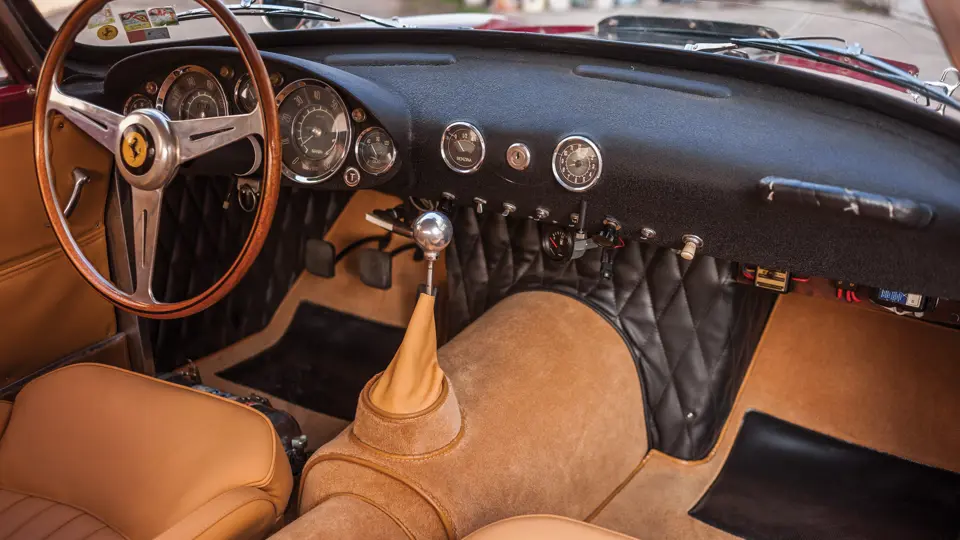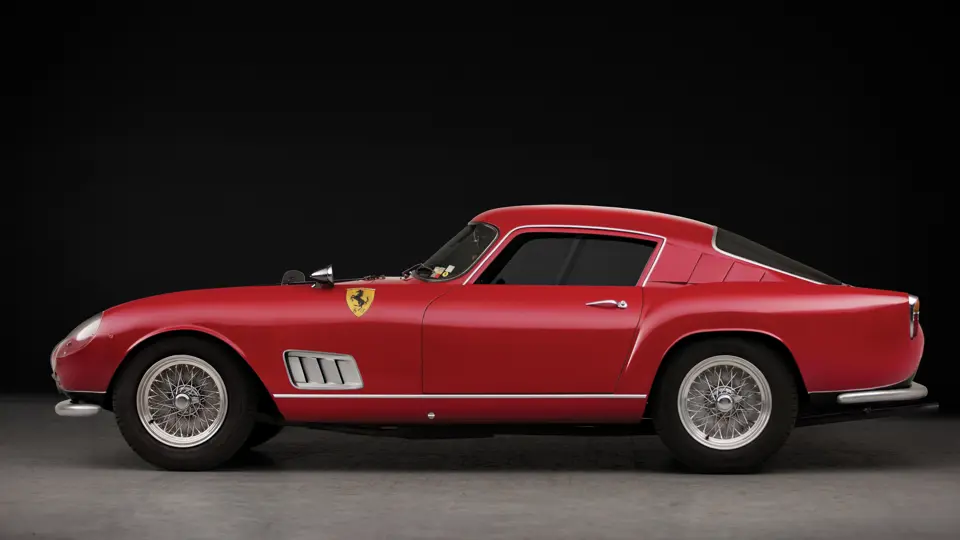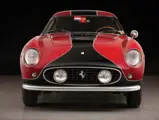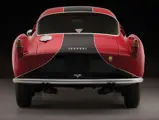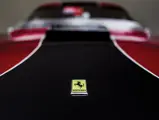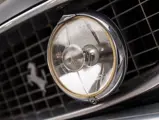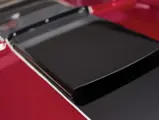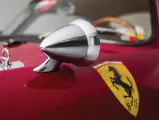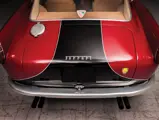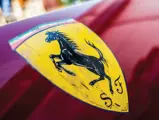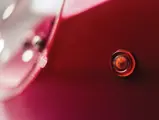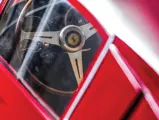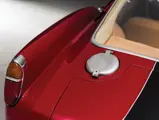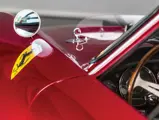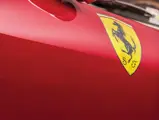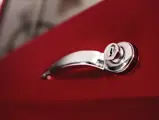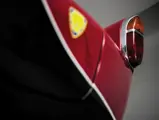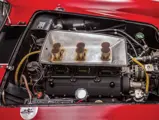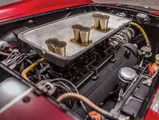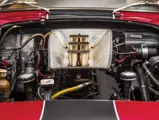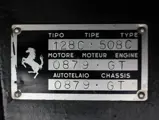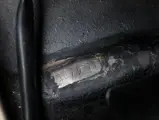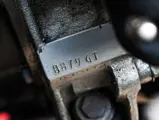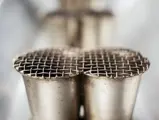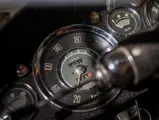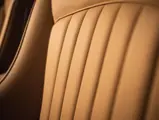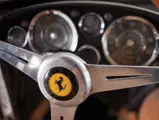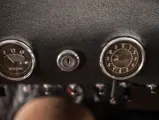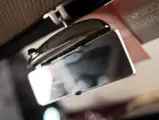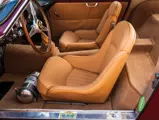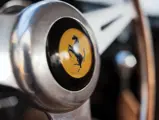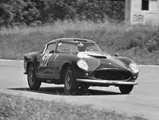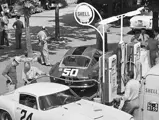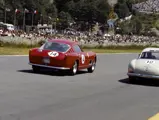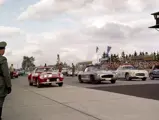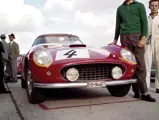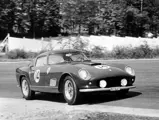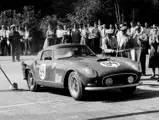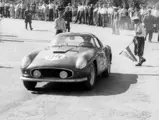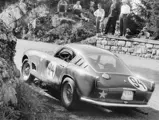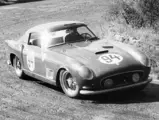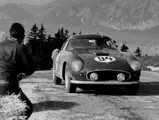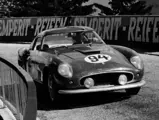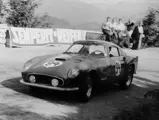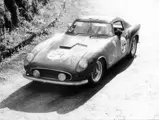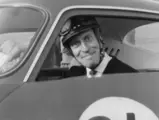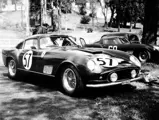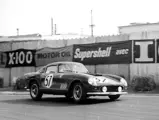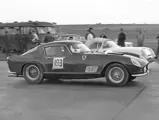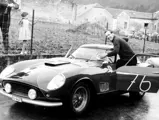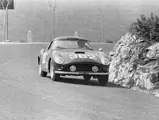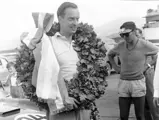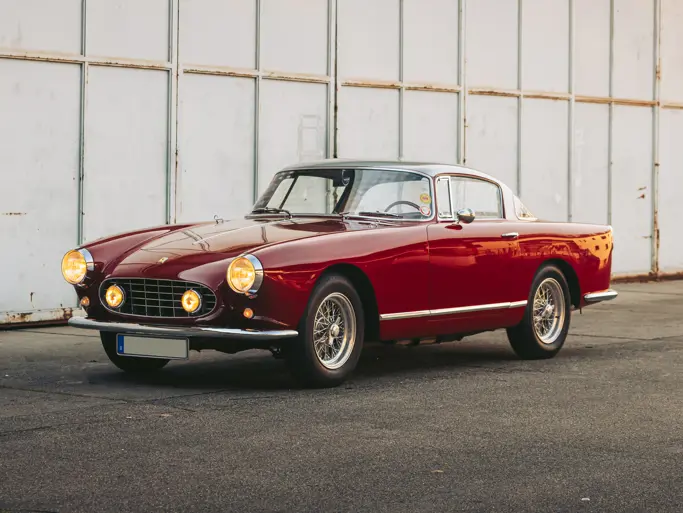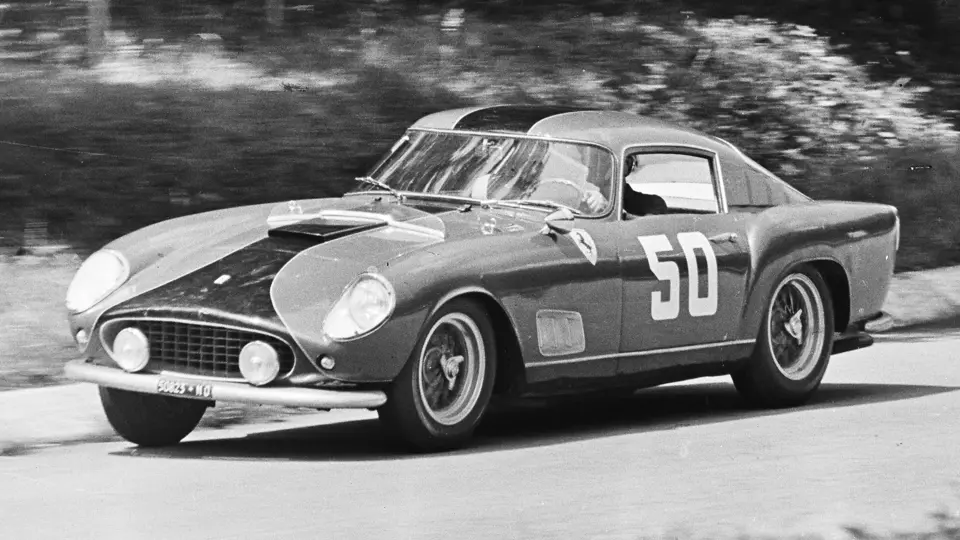
1957 Ferrari 250 GT Berlinetta Competizione 'Tour de France' by Scaglietti
{{lr.item.text}}
€7,000,000 - €9,000,000 EUR | Not Sold
{{bidding.lot.reserveStatusFormatted}}
- The 15th of 17 third-series examples with desirable covered headlights
- Delivered new to and raced by factory driver Wolfgang Seidel
- 2nd overall at the 1958 Grand Prix of Spa-Francorchamps
- 4th overall at the 1958 12 Hours of Reims
- Profiled in a feature article in Cavallino 98
- Only two caretakers in the last 45 years; current custodian for over two decades
- Fully matching numbers and Ferrari Classiche certified
- 15e exemplaire des 17 voitures de troisième série, avec désirables phares couverts
- Livrée neuve au pilote d'usine Wolfgang Seidel, qui l'a utilisée en course
- Deuxième au classement général du GP de Spa-Francorchamps 1958
- Quatrième au classement général des 12 Heures de Reims 1958
- Présentée dans un article de Cavallino 98
- Deux propriétaires seulement au cours des 45 dernières années ; même propriétaire depuis plus de 20 ans
- Tous numéros concordants et certification Ferrari Classiche
Perhaps no other competition sports car of the 1950s looms larger than Ferrari’s 250 GT berlinetta, which so dominated the multi-stage Tour de France rally from 1956 to 1959 that the model was nicknamed for the event. Produced in four discreet series before being succeeded by the 250 GT short-wheelbase berlinetta, the ‘Tour de France’ was built in a modest quantity of 72 examples that are prized by collectors today for their exquisite lightweight coachwork, advanced racing mechanicals and undeniable significance in Ferrari racing history.
This mid-production TdF is the 15th of 17 examples built in the 1957 body style, featuring three louvers and covered headlights. With production beginning at the end of 1957, the engine was equipped with competition camshafts tipo 130 and high-compression pistons. On 2 January 1958, the engine was completed and was dyno tested on the 4th of January. Signed off after first testing, the engine had a confirmed output of 258.2 bhp at 7.200 rpm. The transmission was the competition ribbed gearbox, paired with a limited-slip differential and an 8 × 32 final drive ratio. The body was fitted with sliding windows, and a third windshield wiper was mounted, later replaced by a Perspex hood deflector, and finished in dark red paint with a beige leather interior.
The 250 GT was immediately sold to Wolfgang Seidel, a German racing driver nicknamed ‘The Golden Bear’ who campaigned a 250 TR for the Scuderia Ferrari during 1958 (often with the better-known Wolfgang von Trips). Seidel had previously raced a variety of cars, including a Porsche 550 Spyder and Mercedes-Benz 300 SL Gullwing. No stranger to Ferraris prior to his acquisition of 0879 GT, Seidel owned an earlier, 14-louver 250 GT TdF, chassis 0607 GT, which he had raced with von Trips. However, the German duo bore slightly different driving styles and while Seidel was known for being safe, reliable and restrained, von Trips was notably more aggressive, and crashed that TdF at the Nürburgring in May of 1957. However, as 0879 GT remained solely with Seidel, it would not see this fate and emerged unscathed throughout its racing career.
Seidel entered the TdF in about 22 events over the next few years, claiming 11 victories along the way. Beginning with 2nd overall at the Pau 3-Hour race in April 1958, the 250 GT roared to class wins or outright victories at hill climbs, airfield races and secondary events such as the Grand Handicap de Spa-Francorchamps, the Gaisberg hill climb and the Eifelrennen at Nürburgring.
The car’s record in major events during this period was nearly as impressive, including 2nd overall at the Grand Prix of Spa-Francorchamps in May 1958, 4th overall at the 12 Hours of Reims in July 1958 (while co-driven by von Trips), 3rd in class at the Grand Prix de Paris at Linas-Montlhery in May 1959, 5th overall at the Gran Premio della Lotteria in Monza in June 1959 and 4th overall (and 1st in class) at the Coupe de Paris at Linas-Montlhery in September 1959.
In 1964, chassis 0879 GT passed through a short succession of German-based owners, first to architect Manfred Ramminger of Krefeld, and then a year later to a student in Cologne named Siegfried Mahnke. In 1966, Mahnke sold the Ferrari to Gary Schmidt, an American who taught at U.S. military bases in Germany, and he commissioned an engine rebuild in Switzerland with the support of the Ferrari Factory, as we can read in a letter of 1968, before selling the car in 1973 to Christer Mellin, a Swedish marque enthusiast and founder of the Ferrari Club Svezia.
Mellin was also in close contact with the factory and started to restore the car in 1974, sourcing parts at the factory, travelling dozens of times to Maranello, as we can see in all the invoices on file. It took close to 20 years for Mellin to complete the restoration, as he commissioned a meticulous refurbishment by some of Sweden’s finest craftsmen that stressed originality, taking hundreds of pictures to keep along with all invoices a rare mandate for a restoration of the mid-1990s. He also involved noted Modena and Maranello-based restorers such as Brandoli, Diena and Toni. Retaining as much of the original coachwork, hardware and mechanical components as possible, as well as the original upholstery, the refurbishment was capped with a bare-metal finish in amarante with a proper black hood stripe (matching one Seidel applied in 1959). The completed car was soon tested by writer Marc Sonnery for a feature in the April/May 1997 issue of Cavallino magazine.
In May 1997, Mellin sold the Tour de France to the current owner, who has dutifully maintained the fabulous restoration while entering the car in a number of niche events, including Ferrari’s 50th, 60th and 70th anniversary celebrations in Rome and Maranello, the Ferrari Shell Historic Challenges in 1998 and 2000, the Tutte le Ferrari in 1999 and 2000 and the Mille Miglia Storica in 1999. It should also be noted that chassis 0879 GT has recently been authenticated by Ferrari Classiche, confirming the presence of the original V-12 engine, as well as the matching-numbers gearbox and rear axle, giving it the distinction of being one of the relatively few surviving 1950s Ferrari race cars that remains today as ‘fully matching’ throughout.
With a colourful history including a successful career with a celebrated German driver, 0879 GT claims a short and well-documented chain of ownership, including period use by a Ferrari factory driver. The berlinetta is one of only 17 examples built with the beautiful three-louver Scaglietti coachwork and has enjoyed the fastidious care of just two custodians over the last 45 years, offering marque enthusiasts a particularly pure and impressive example of a Ferrari competition legend.
It is accompanied with an impressive history file, including early correspondences of the various owner with the Ferrari factory, many pictures from when it was raced (including hundreds of pictures of the 20-year restoration commissioned by Mellin), letters, invoices, Bill of Sale and many other pieces.
La Ferrari 250 GT Berlinetta fait partie des voitures qui ont dominé le sport automobile des années 1950, son surnom provenant de ses victoires de 1956 à 1959 au Tour de France Automobile. Produite en quatre séries discrètes avant d'être remplacée par la 250 GT Berlinetta châssis court, la "Tour de France" n'a connu qu'une quantité très limitée de 72 exemplaires, très admirés aujourd'hui par les collectionneurs à cause de leur carrosserie légère et élégante, leur brillante mécanique de course et leur indéniable signification dans l'histoire de Ferrari en compétition.
La présente voiture est la 15e de 17 exemplaires fabriqués avec la carrosserie de style 1957, comportant trois louvres sur le montant arrière et des phares profilés. La production de cette voiture a commencé à la fin de 1957, avec un moteur équipé d'arbres à cames compétition tipo 130 et de pistons haute compression. Le 2 janvier 1958, le moteur était terminé et testé au banc d'essai le 4 janvier. Il affichait une puissance de 258,2 ch à 7 200 tr/mn et recevait l'approbation de l'usine après l'essai. La transmission se composait de la boîte compétition ailetée et d'un pont arrière à différentiel autobloquant, avec un rapport final de 8x32. La carrosserie était dotée de vitres latérales coulissantes et un troisième essuie-glace trouvait place en haut du pare-brise, remplacé par la suite par un déflecteur de capot en Plexiglas. La voiture était peinte en rouge foncé, avec sellerie en cuir beige.
Cette 250 GT était immédiatement vendue à Wolfgang Seidel, un pilote allemand surnommé "Goldener Bär" et qui prendra part à la saison 1958 avec une 250 TR pour la Scuderia Ferrari (souvent partagée avec le plus connu Wolfgang von Trips). Seidel avait couru auparavant avec diverses autres voitures, dont une Porsche 550 Spyder et une Mercedes-Benz 300 SL "papillon". Il connaissait Ferrari avant l'achat de 0879 GT car il avait déjà possédé une 250 TdF, version à 14 louvres, numéro de série 0607 GT dont il avait partagé le volant avec Wolfgang von Trips. Les deux pilotes allemands affichaient toutefois des styles de conduite légèrement différents et, alors que Seidel avait la réputation d'être un pilote sûr, fiable et retenu, Von Trips était nettement plus agressif si bien qu'il provoquait un accident en mai 1957 avec la TdF (n°0607 GT) sur le circuit du Nürburgring. Toutefois, comme 0879 GT était de son côté utilisée presque uniquement par Seidel, elle ne connaissait pas ce triste sort et sortait indemne de sa carrière en compétition.
Seidel a engagé la voiture à quelque 22 épreuves au cours des années suivantes, décrochant 11 victoires. La 250 GT commençait par une deuxième place aux Trois Heures de Pau, en avril 1958, avant de décrocher plusieurs victoires de catégories ou au classement général lors de courses de côte, de courses locales ou d'évènements d'importance secondaires comme le Grand Handicap de Spa-Francorchamps, la course de côte de Gaisberg et l'Eifelrennen au Nürburgring.
Mais pendant cette période, les résultats en épreuves majeures ont été presque aussi impressionnants, avec par exemple : deuxième au classement général du Grand Prix de Spa-Francorchamps en mai 1958, quatrième au classement général des 12 Heures de Reims en juillet 1958 (en équipage avec von Trips), troisième de catégorie au Grand Prix de Paris à Linas-Montlhéry en mai 1959, cinquième au classement général du Gran Premio della Lotteria à Monza en juin 1959 et quatrième au classement général (avec victoire de catégorie) de la Coupe de Paris à Linas-Montlhéry, en septembre 1959.
En 1964, cette 250 GT (châssis 0879 GT) passait entre les mains de quelques propriétaires allemands, à commencer par l'architecte Manfred Ramminger, de Krefeld, puis un an plus tard un étudiant de Cologne du nom de Siegfried Mahnke. En 1966, Mahnke cédait la Ferrari à Gary Schmidt, un Américain instructeur dans les bases militaires américaines situées en Allemagne. Il commandait une reconstruction moteur en Suisse avec l'assistance de l'usine Ferrari, comme l'indique un courrier de 1968, puis vendait en 1973 la voiture à Christer Mellin, Suédois passionné de la marque et créateur du Ferrari Club Svezia.
Mellin était aussi en contact étroit avec l'usine et commençait en 1974 à restaurer la voiture, s'approvisionnant en pièces à Maranello où il se rendait une douzaine de fois, comme en témoignent les factures qui font partie du dossier. Il faudra à Mellin près de 20 ans pour terminer la restauration, pour laquelle il a demandé un travail méticuleux à quelques-uns des meilleurs artisans suédois, en mettant l'accent sur le respect de l'origine. Des centaines de photos accompagnent les factures, ce qui est rare pour une restauration du milieu des années 1990. Mellin impliquait également des restaurateurs de Modène et de Maranello comme Brandoli, Diena et Toni. Tout en essayant de préserver la plus grande part de la carrosserie, des composants mécaniques et de la sellerie d'origine, la remise en état comportait une mise à nu de la carrosserie avec peinture de couleur amarante avec une bande noire centrale, sur le modèle de celle appliquée par Seidel en 1959. La voiture faisait ensuite l'objet d'un essai par Marc Sonnery dans le numéro d'avril/mai 1997 du magazine Cavallino.
En mai 1997, Mellin cédait la Tour de France à son propriétaire actuel, qui a méticuleusement préservé la fabuleuse restauration tout en participant avec la voiture à plusieurs évènements choisis, comme les célébrations des 50, 60 et 70 ans de Ferrari à Rome et Maranello, le "Ferrari Shell Historic Challenge" en 1998 et 2000, le "Tutte le Ferrari" en 1999 et 2000, et les Mille Miglia Storica en 1999. Il convient de noter que 0879 GT a été récemment authentifiée par Ferrari Classiche qui a confirmé la présence du moteur V12 d'origine, ainsi que de la boîte de vitesse et du pont arrière d'origine également, ce qui fait de cette voiture une des rares Ferrari de compétition des années 1950 à pouvoir prétendre à tous les numéros concordants ("matching numbers").
Avec une histoire haute en couleur et de beaux succès en compétition entre les mains d'un célèbre pilote allemand (et une utilisation à l'époque par un pilote d'usine Ferrari), 0879 GT peut afficher une chaîne de propriété bien documentée et ne comportant qu'un nombre limité de propriétaires. Cette Berlinetta fait partie de seulement 17 exemplaires produits avec la belle carrosserie Scaglietti à trois louvres, et elle a bénéficié de l'entretien méticuleux de deux propriétaires au cours des 45 dernières années. Elle offre ainsi aux passionnés de la marque un exemplaire particulièrement pur d'une légendaire Ferrari de compétition.
Elle est accompagnée par un impressionnant dossier historique comportant de la correspondance ancienne avec l'usine Ferrari, des nombreuses photos d'époque en compétition, des centaines de photos des 20 ans de restauration avec Mellin, des lettres, factures, acte de vente et de nombreuses autres pièces.
| DATE | RACE NUMBER | EVENT | DRIVERS | RESULT |
April 7, 1958 | 57 | Three Hours of Pau | Wolfgang Seidel | 2nd OA |
April 27, 1958 | ATMA Event | Wolfgang Seidel | 1st IC | |
May 18, 1958 | Grand Prix of Spa-Francorchamps | Wolfgang Seidel | 2nd OA | |
| June 15, 1958 | Grand Handicap de Spa-Francorchamps | Wolfgang Seidel | 1st | |
| July 5, 1958 | 12 Hours of Reims | Wolfgang Seidel, Count Wolfgang Berghe von Trips | 4th OA | |
| July 27, 1958 | 14 | 3 Hours of Auvergne | Wolfgang Seidel | DNF |
| August 10, 1958 | Karlskoga Kanonloppet | Wolfgang Seidel | DNF | |
| August 15, 1958 | Gaisberg Hillclimb | Wolfgang Seidel | 1st IC | |
| August 17, 1958 | 94 | Zeltweg | Wolfgang Seidel | 1st IC |
| September 7, 1958 | 73 | Coppa Intereuropa | Wolfgang Seidel | DNF |
| October 5, 1958 | 4 | Eifelrennen | Wolfgang Seidel | 1st IC |
| October 12, 1958 | Pferdsfeld Airfield Race | Wolfgang Seidel | 1st IC | |
| 1959 | 76 | Born Hillclimb "Prix Francy Theis" | Wolfgang Seidel | 1st IC |
| April 5, 1959 | 382 | Stallavena-Bosco Chiesanuova Hillclimb | Wolfgang Seidel | 2nd IC |
| May 10, 1959 | Trier Airfield Race | Wolfgang Seidel | 1st IC | |
| May 31, 1959 | Pferdsfeld Airfield Race | Wolfgang Seidel | 1st IC | |
| June 1959 | Wolsfeld Hillclimb AvD | Wolfgang Seidel | 1st IC | |
| June 18, 1959 | 103 | 2nd International Rossfeld Hillclimb | Wolfgang Seidel | 2nd IC |
| June 28, 1959 | 50 | Gran Premio della Lotteria | Wolfgang Seidel | 5th OA |
| September 27, 1959 | Coupe de Paris | Manfred Ramminger | 4th OA, 1st IC | |
| September 27, 1959 | Grand Prix de Paris | Wolfgang Seidel | 3rd IC | |
| March 5/6, 1960 | 215 | Pferdsfeld Airfield Race | Wilhelm in der Elst of Neuss | 1st IC |
| May 6/7, 1961 | 129 | 5th International Semperit Rallye | "Basil" of Stuttgart, E. Kumposcht of Salzburg | |
| June 18, 1961 | 234 | 4th International Alp Mountain Prize | Karl Stangl | |
| May 11–13, 1962 | 137 | 6th International Semperit Rallye | "Basil" of Stuttgart, E. Kumposcht of Salzburg |





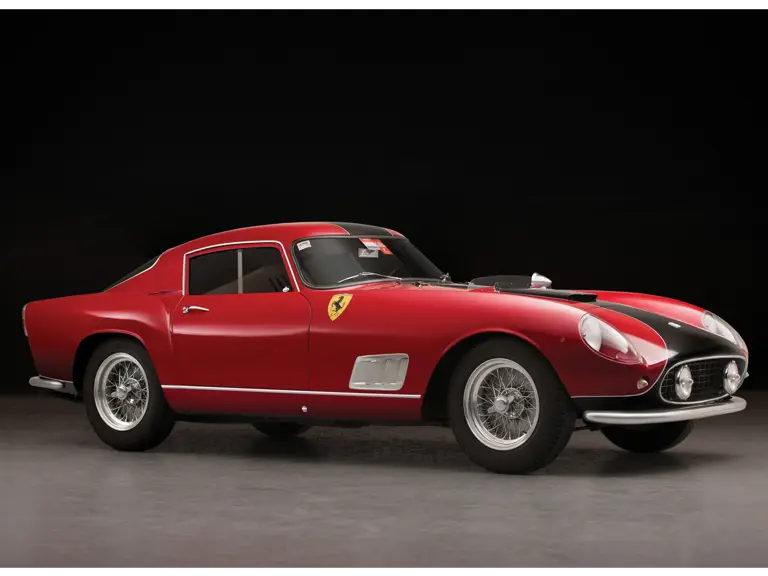
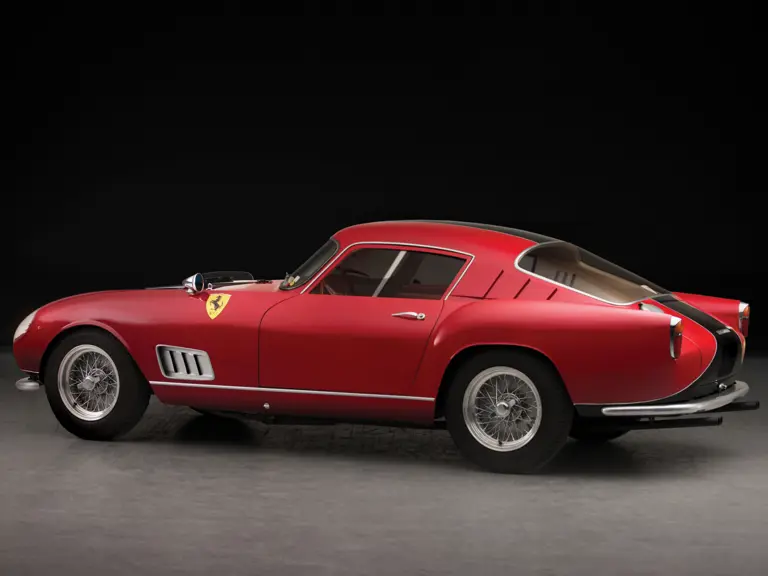

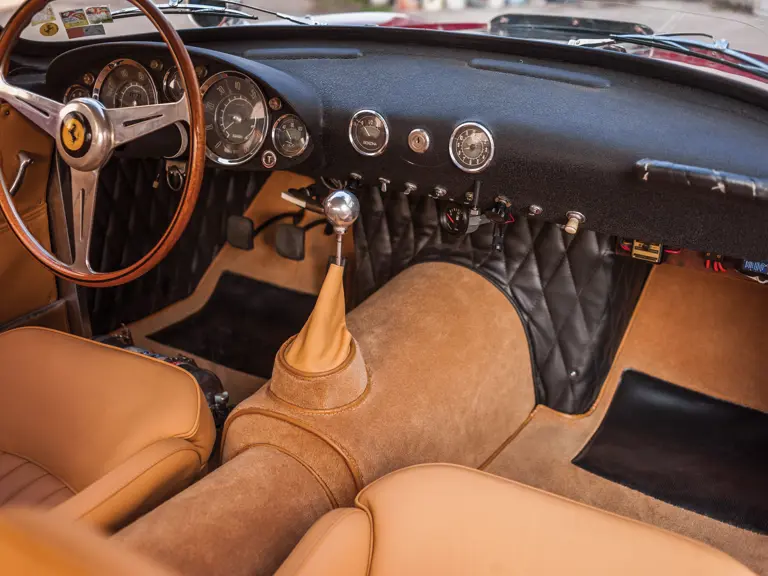
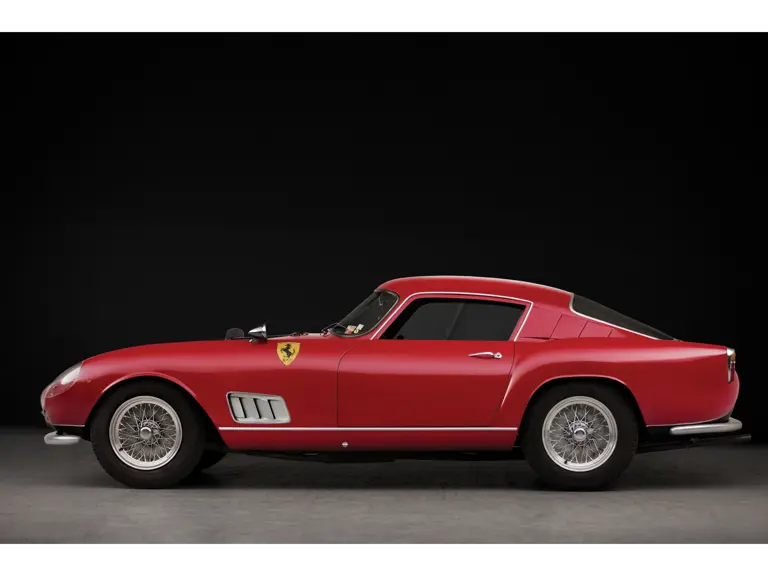
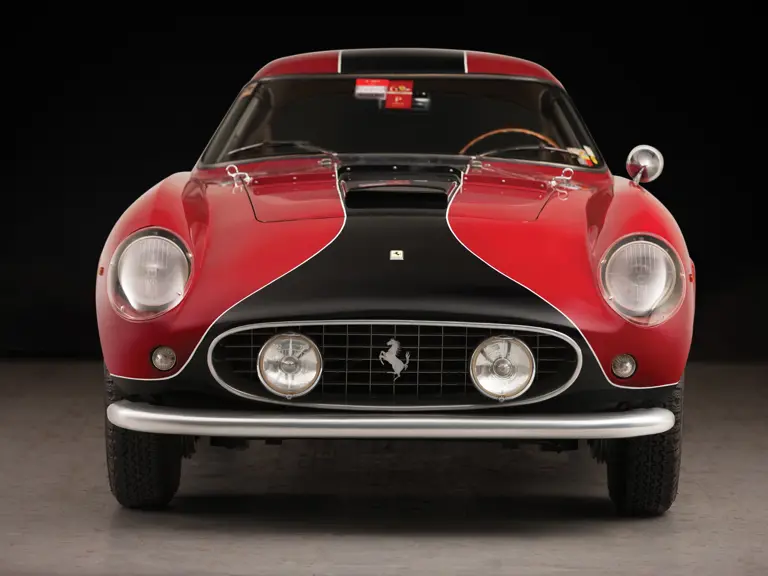
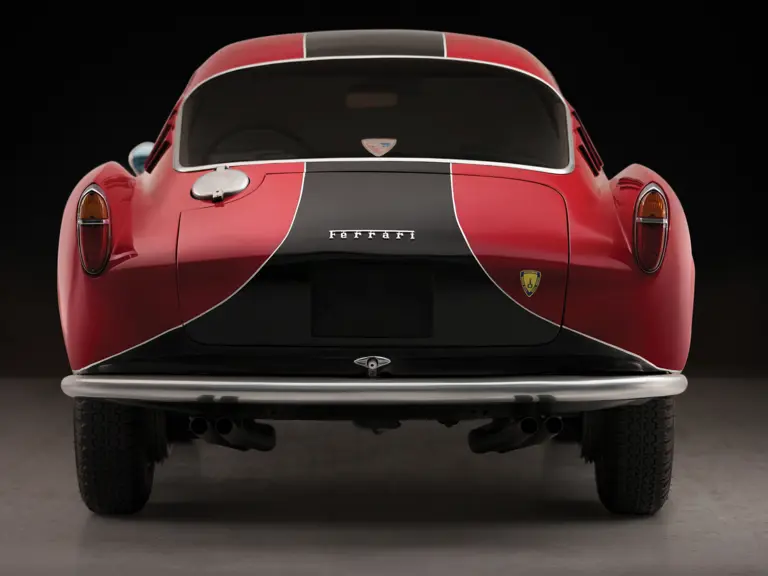
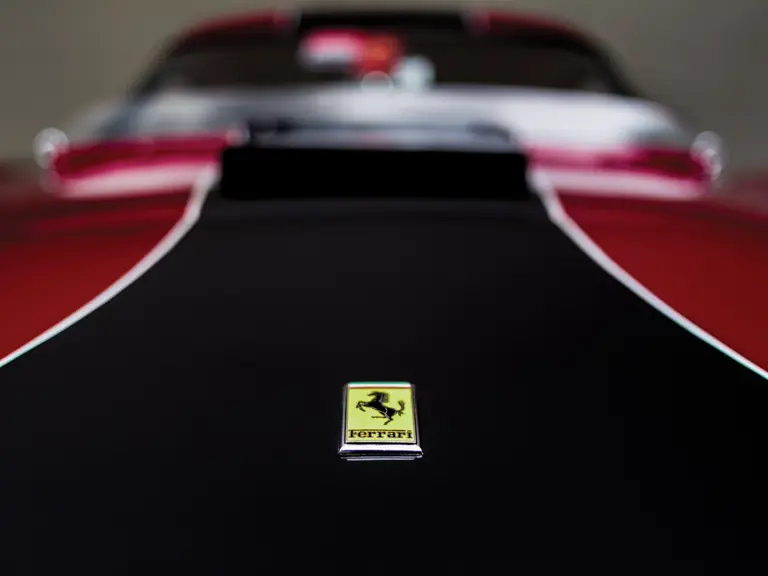
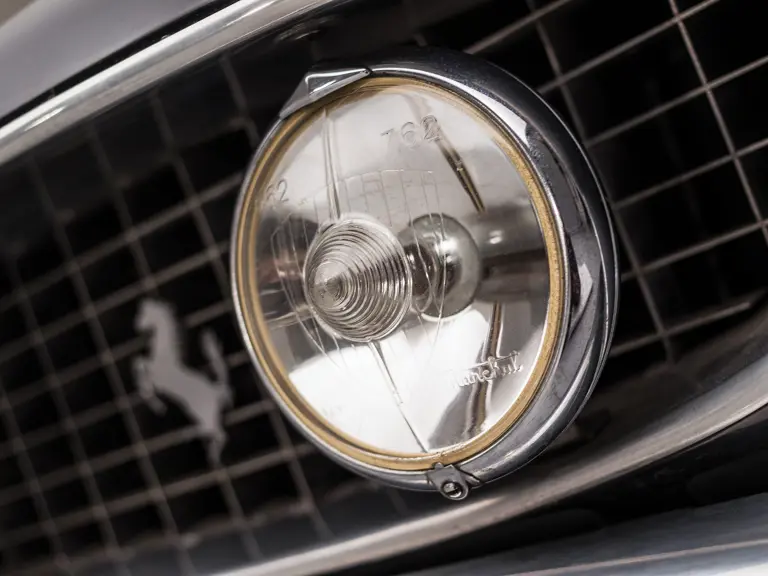
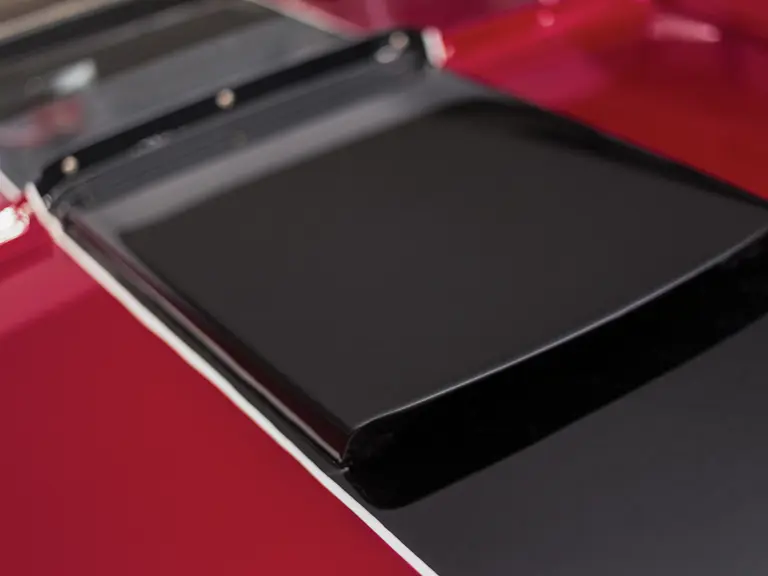
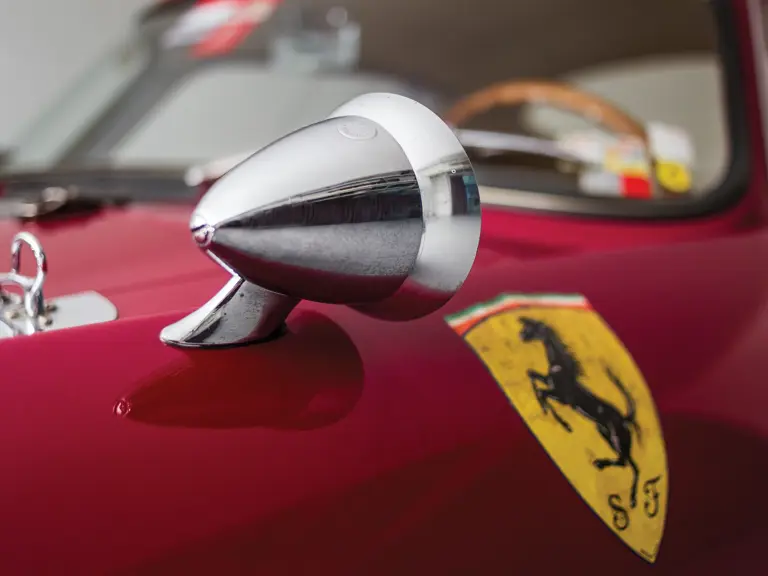
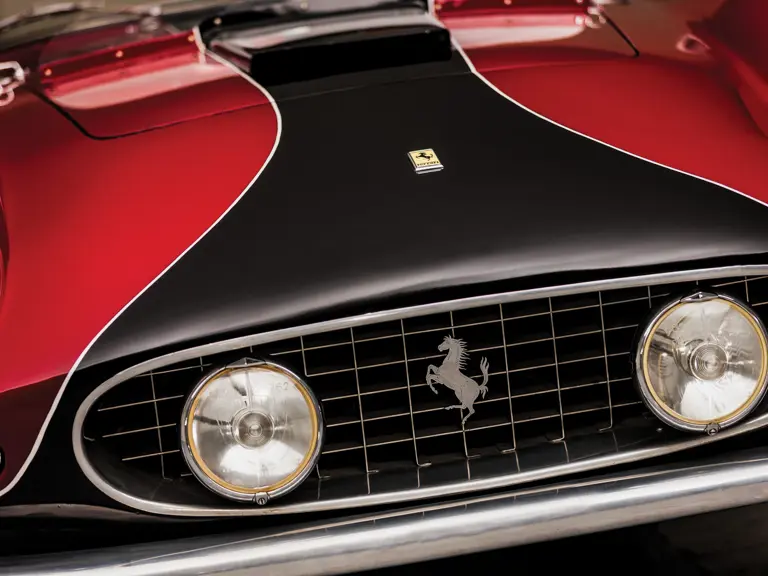
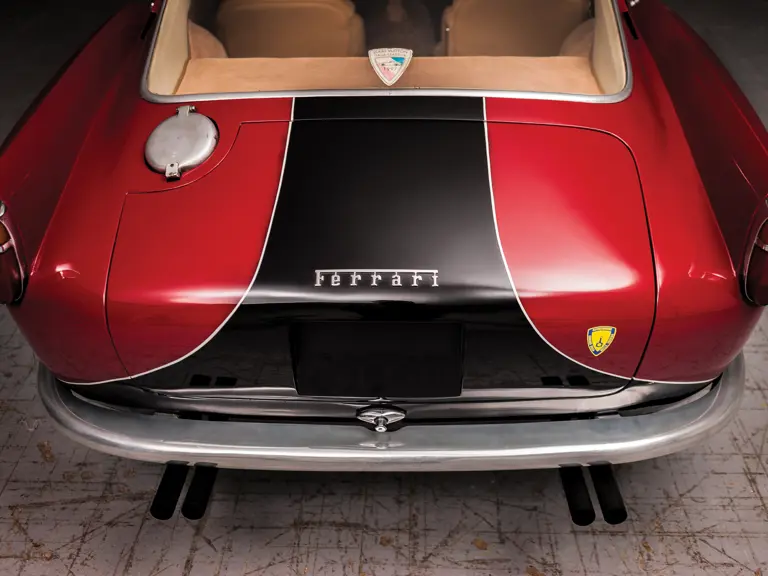
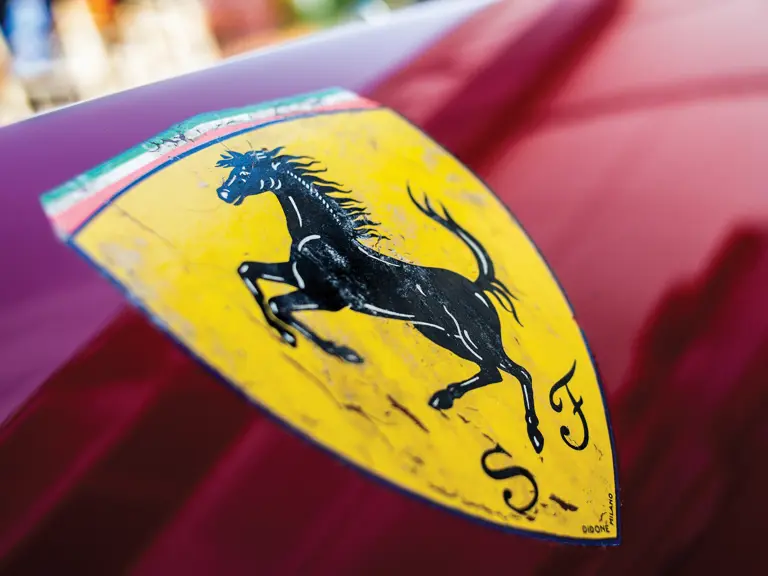


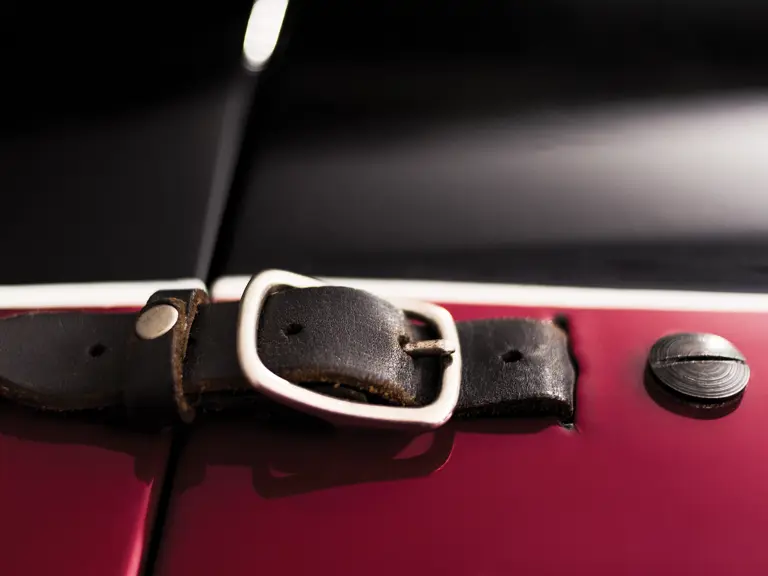
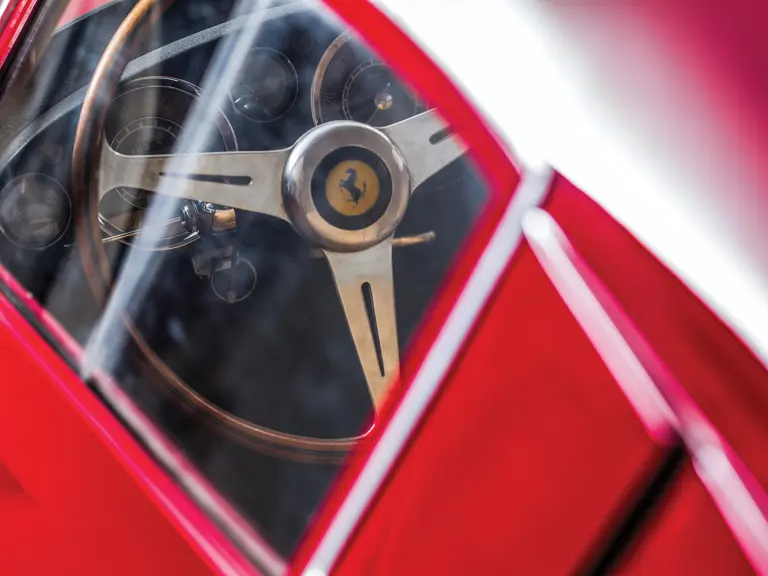
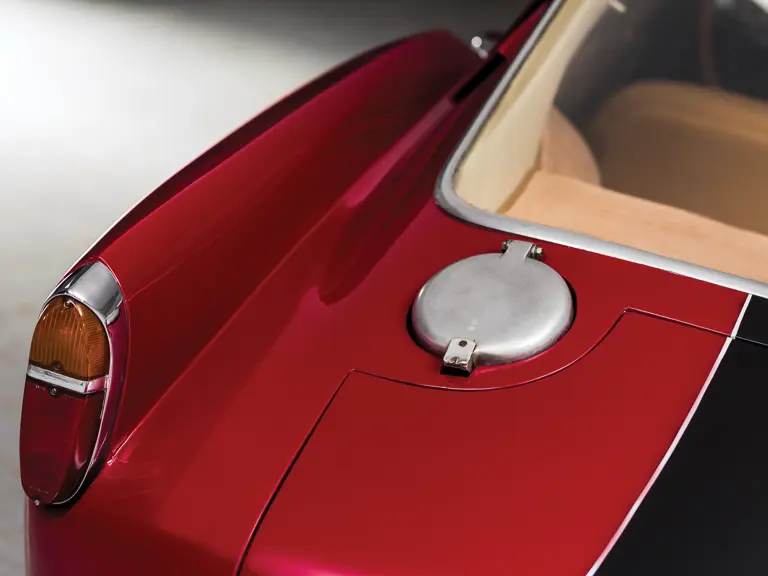
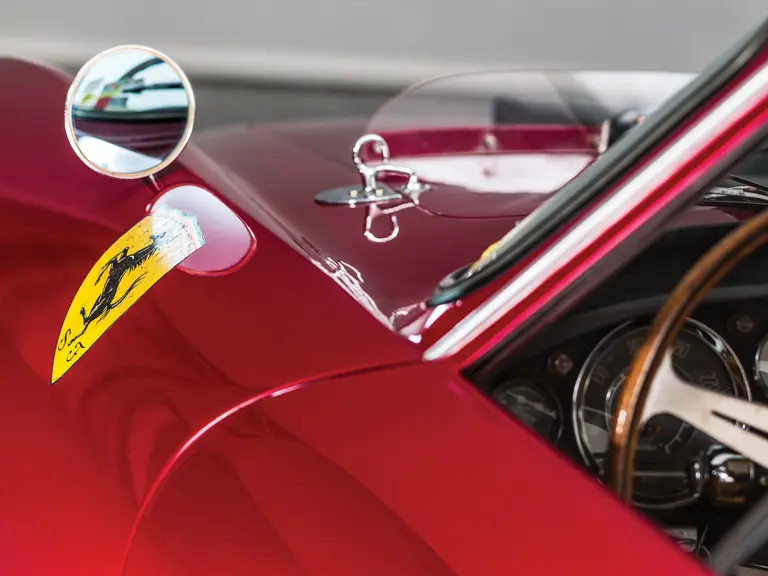
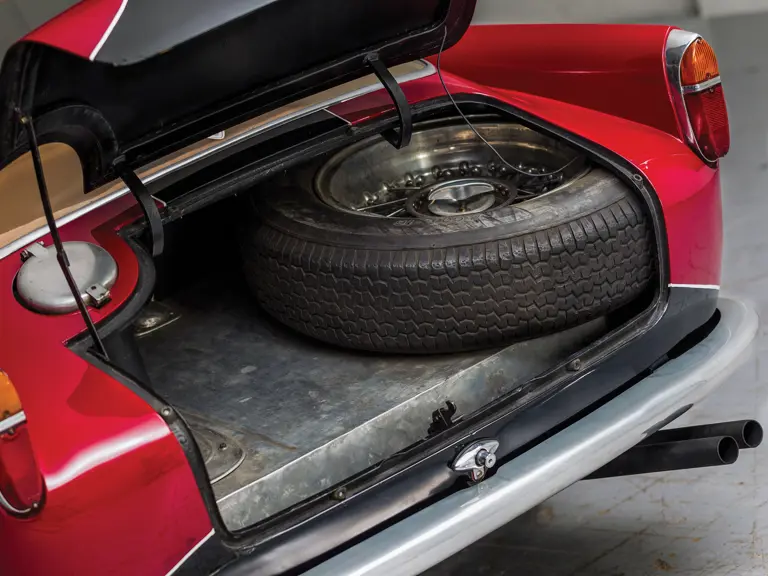
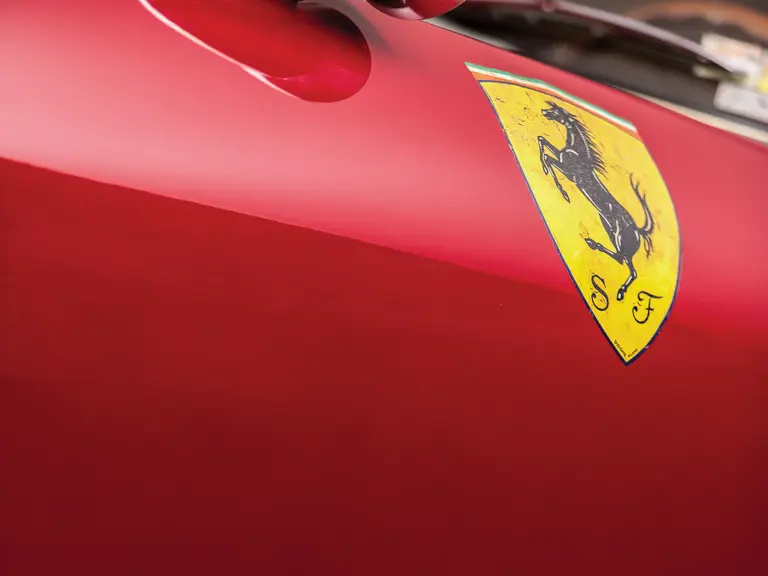
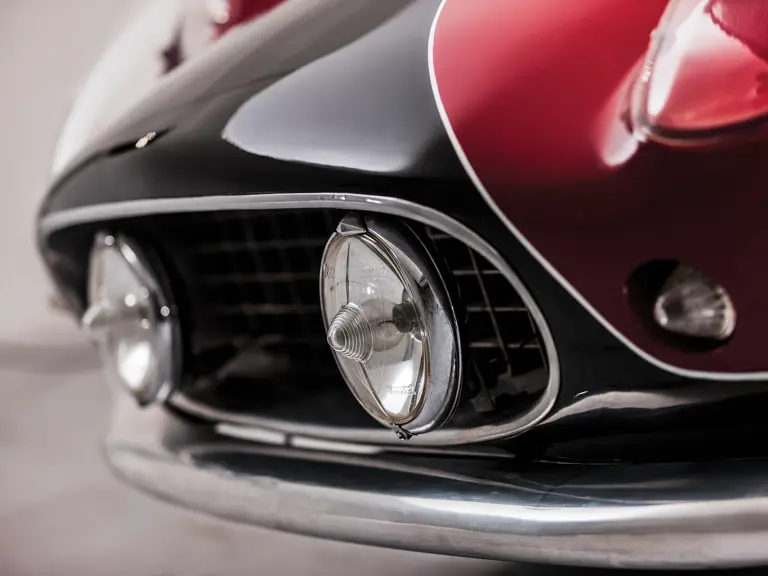
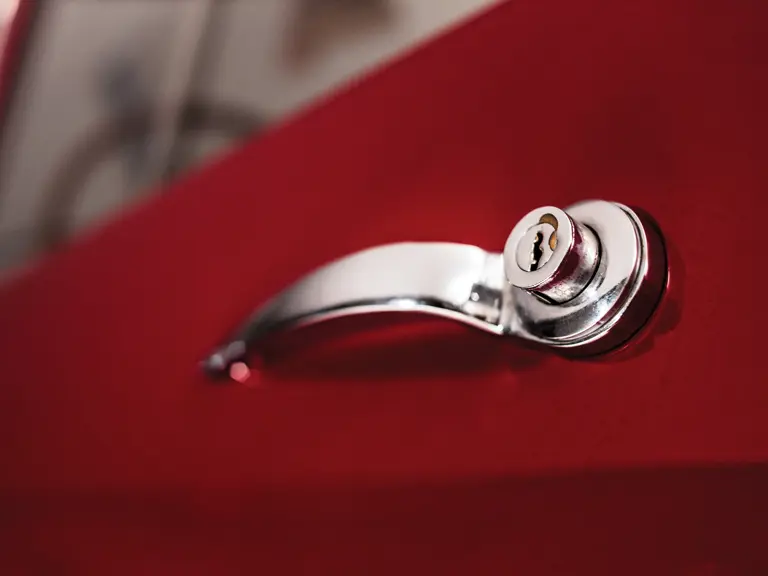
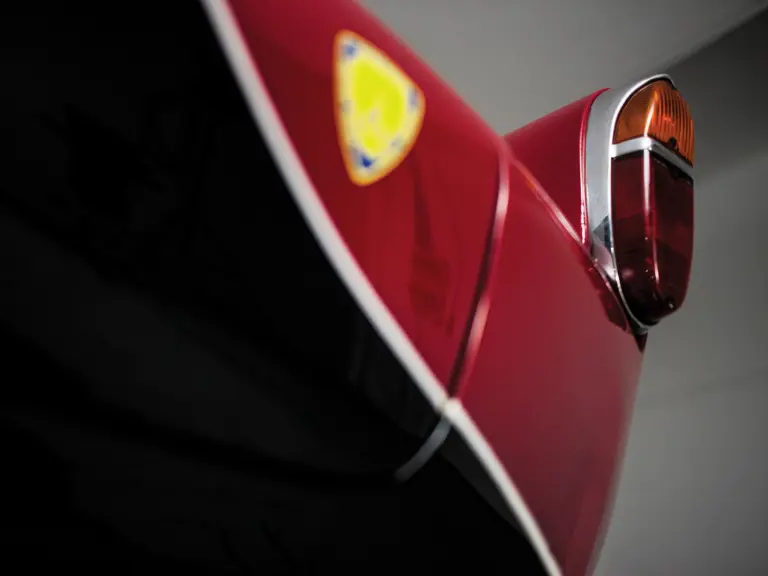
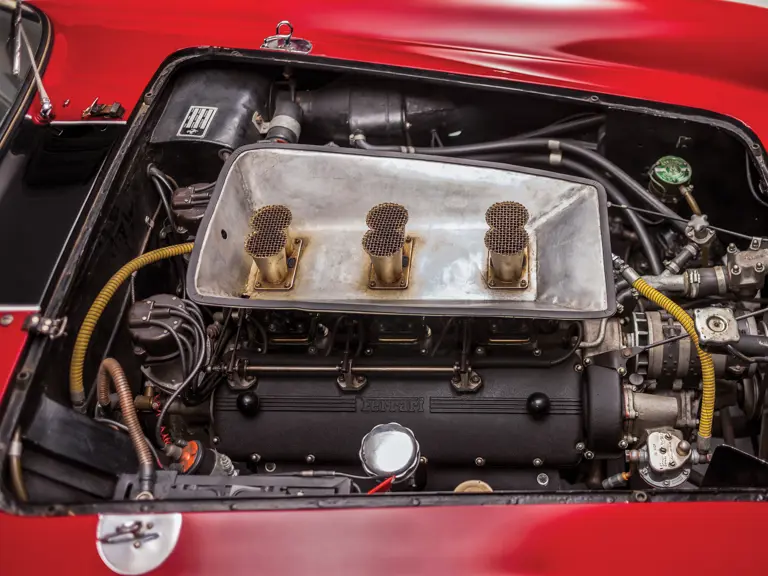



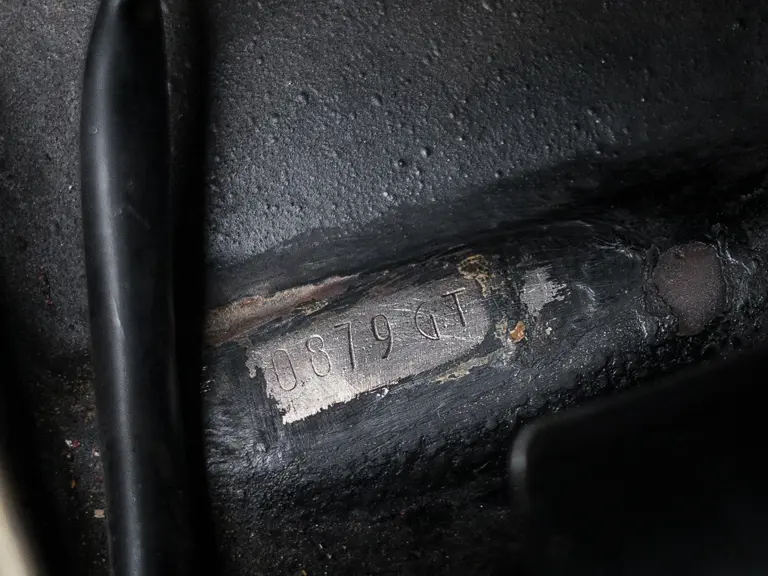
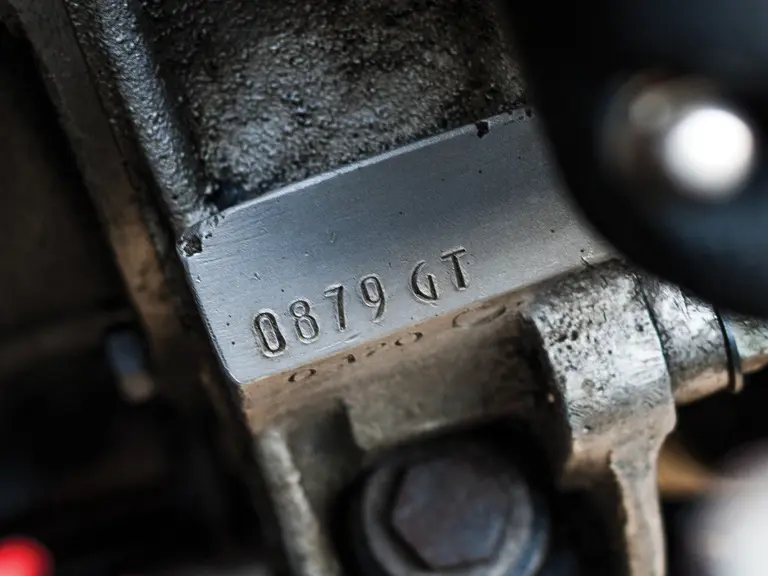
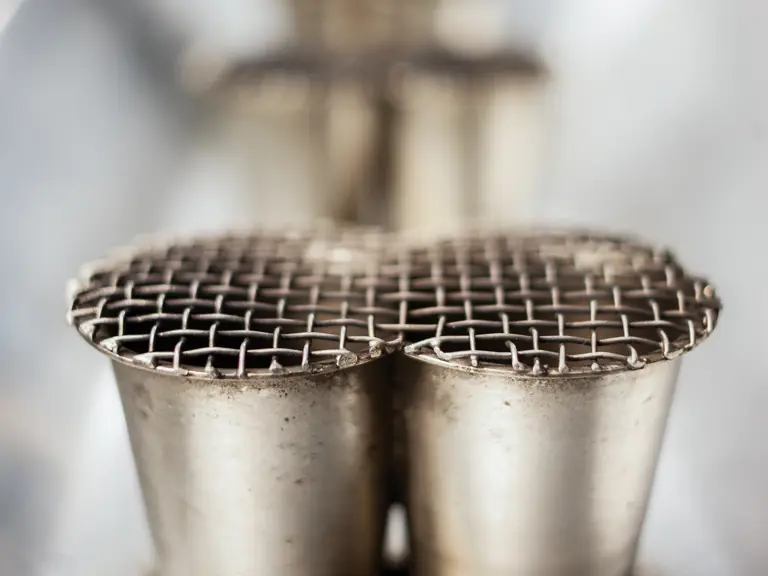
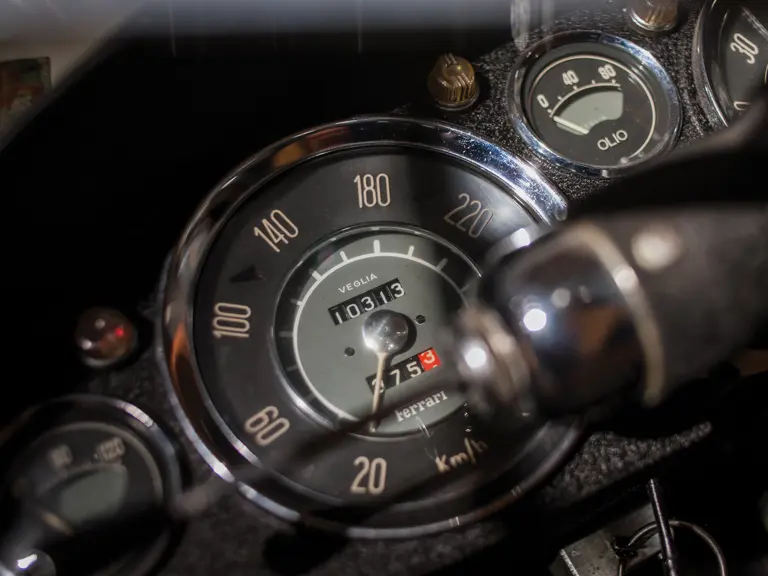
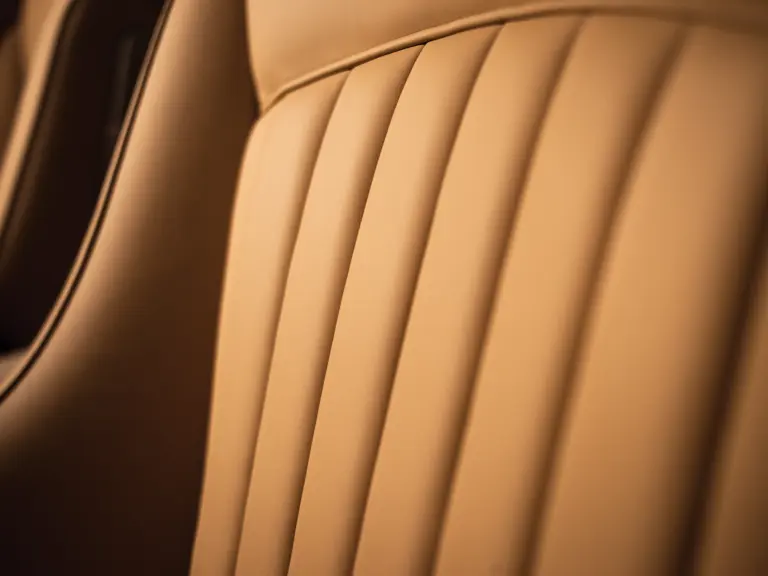
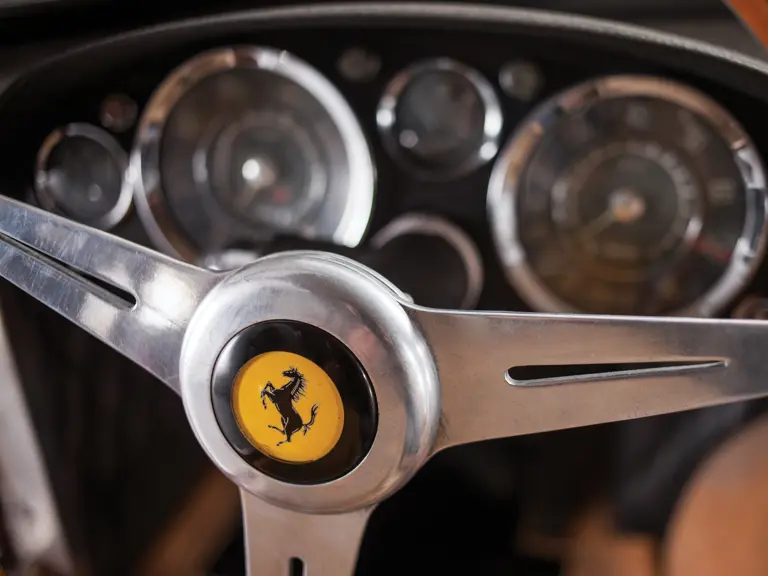
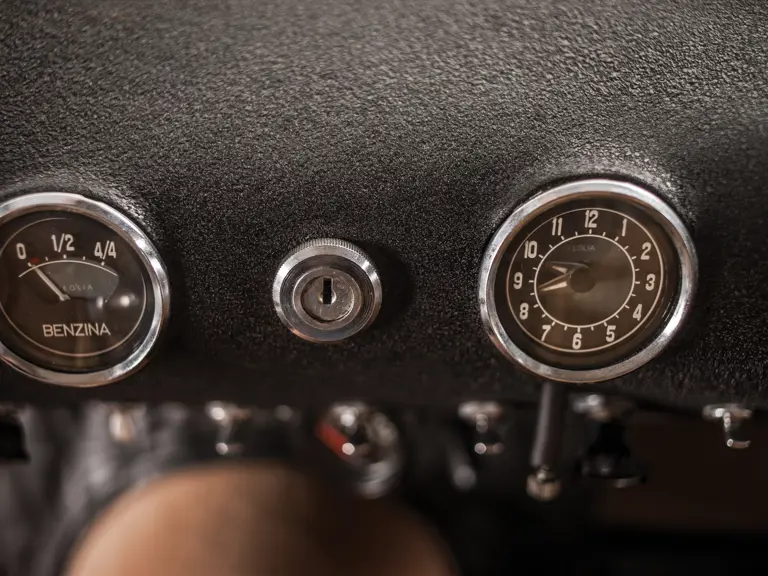
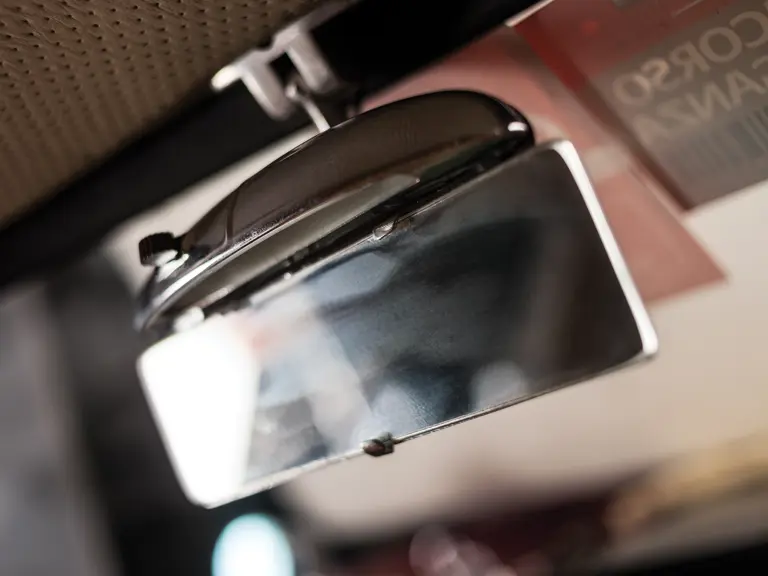
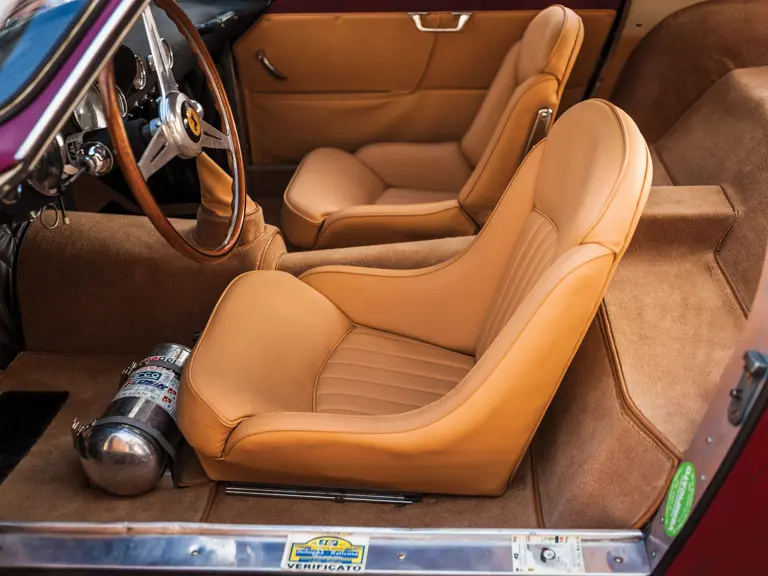
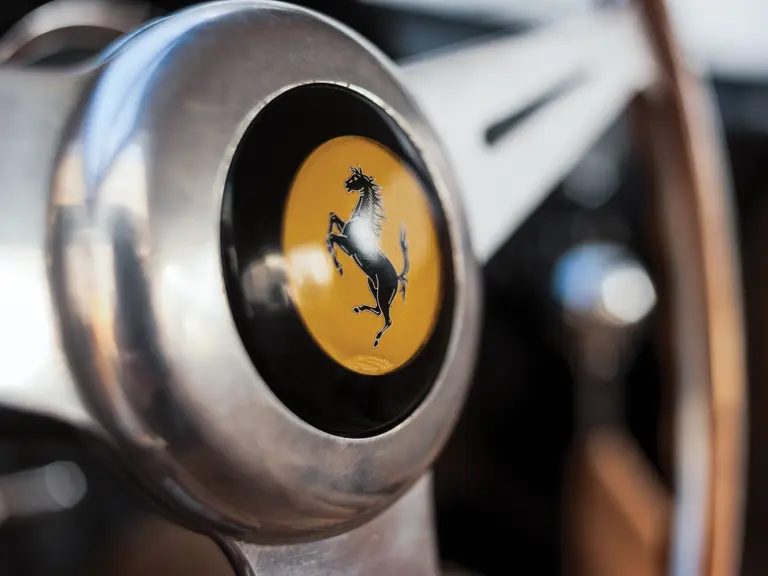

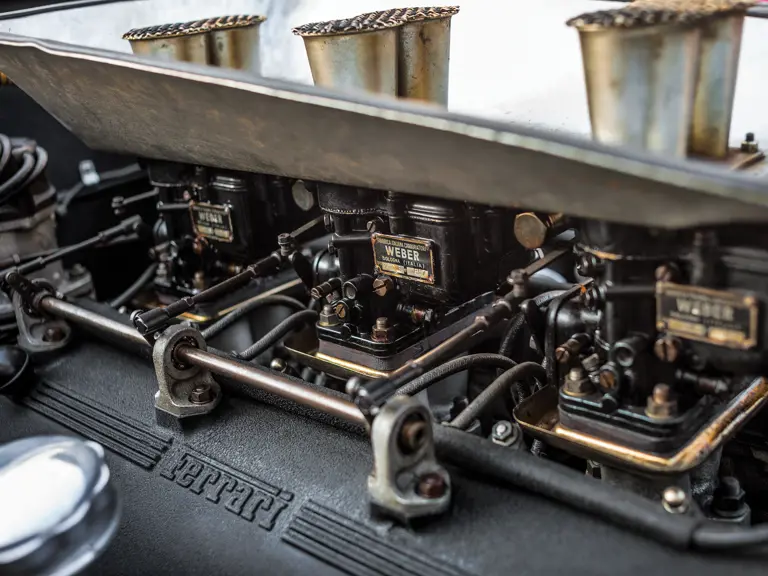
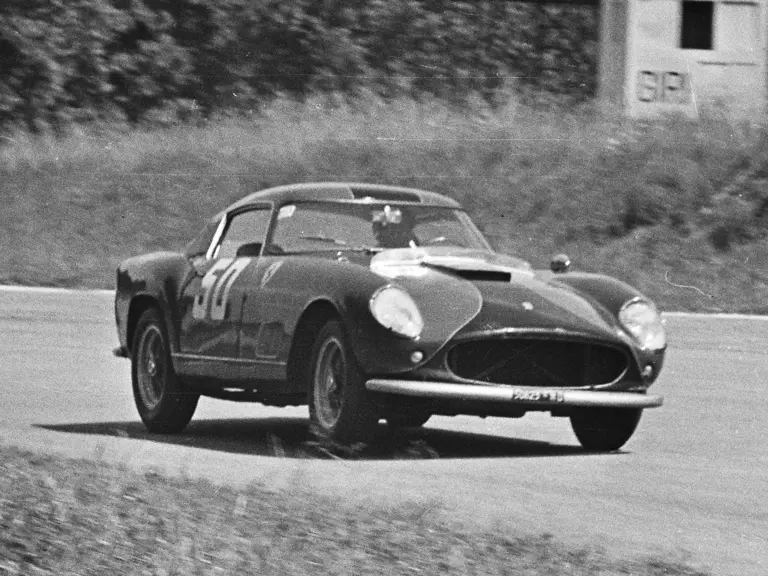
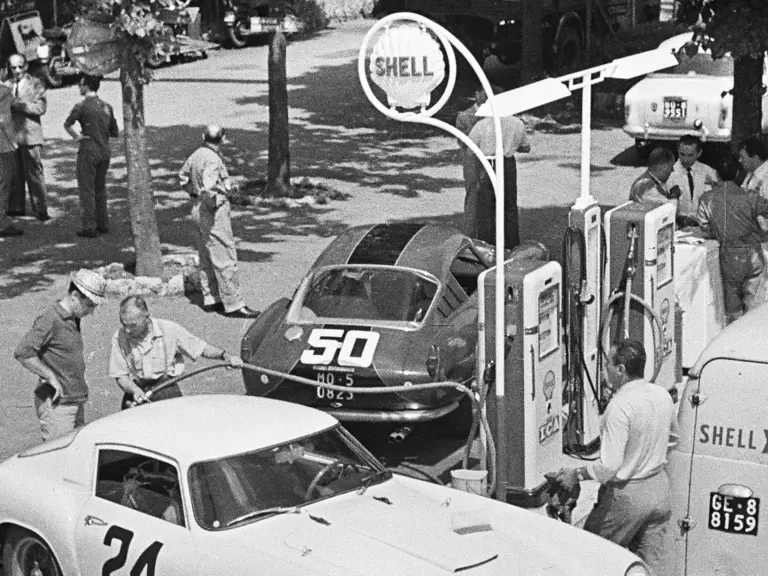


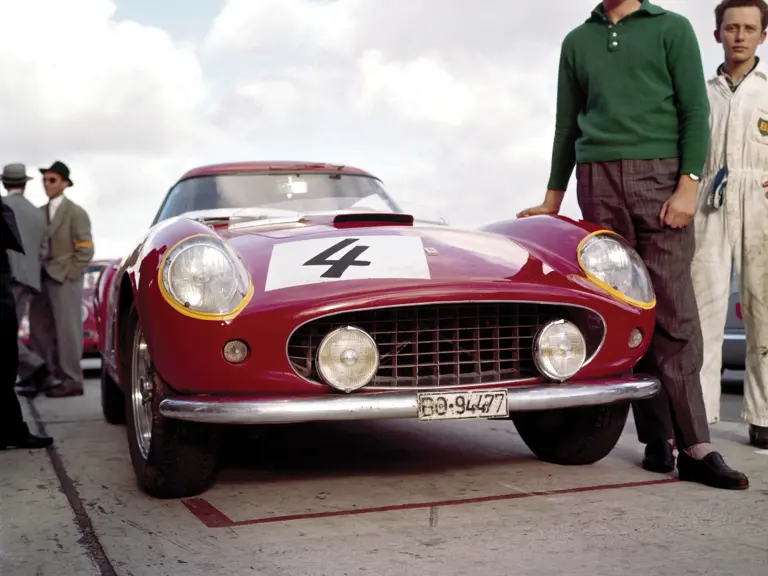
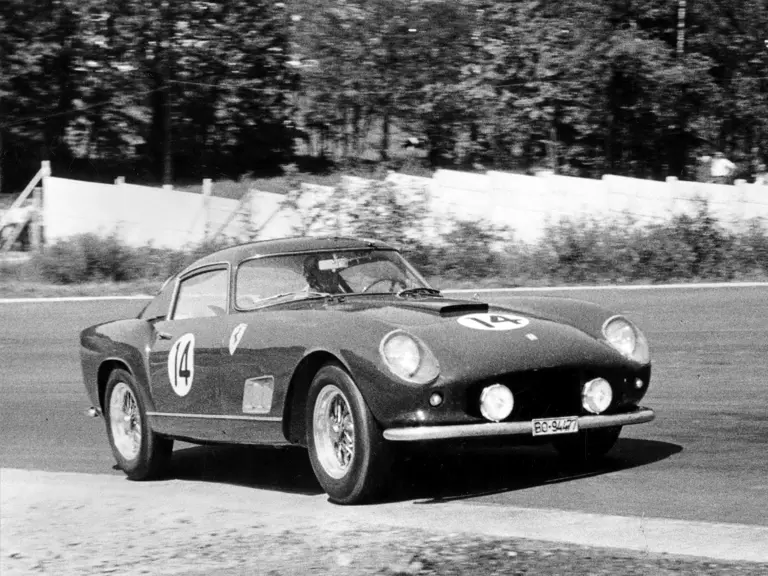
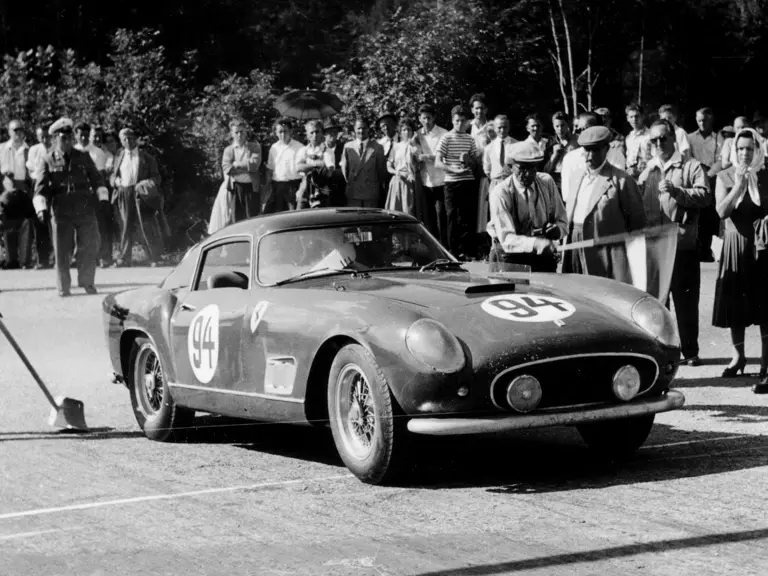

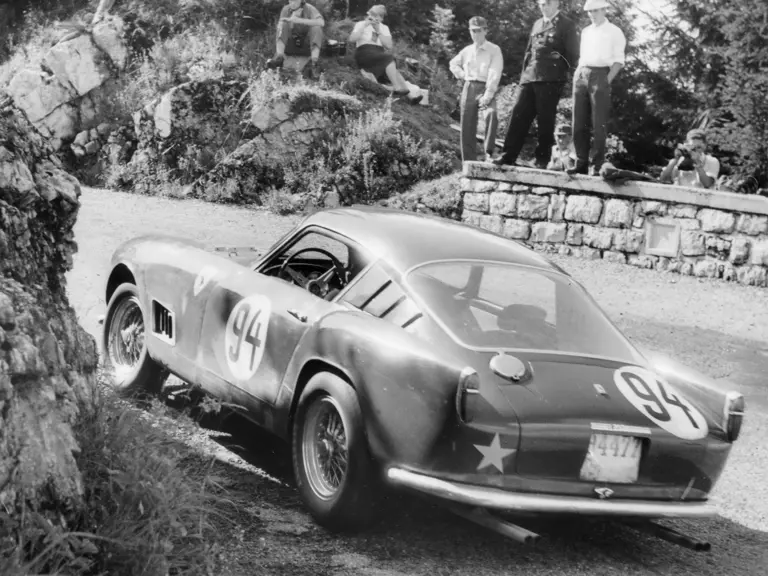
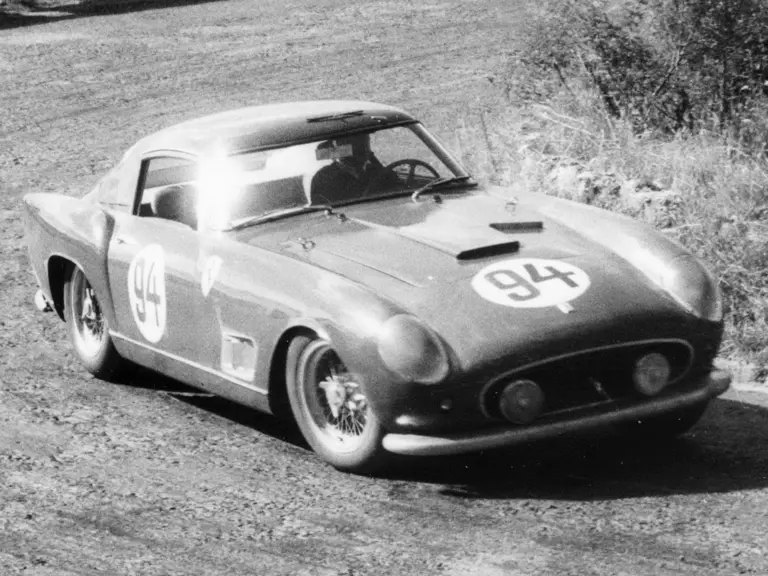
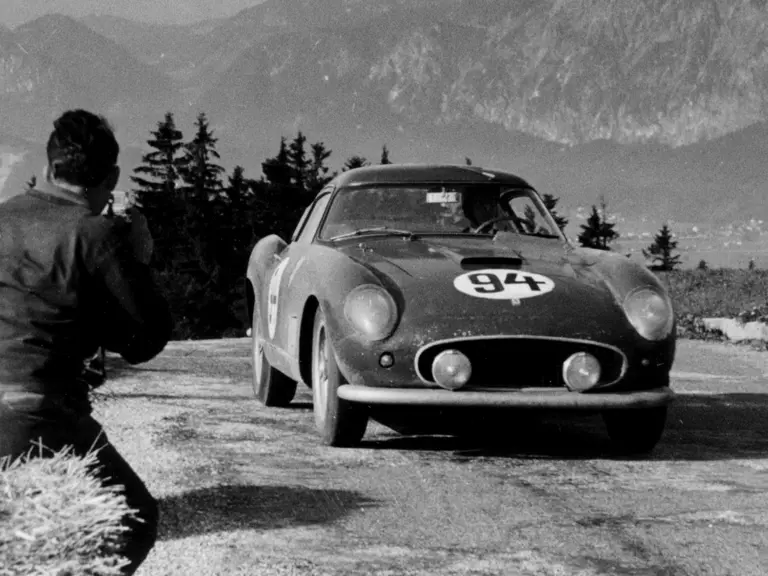
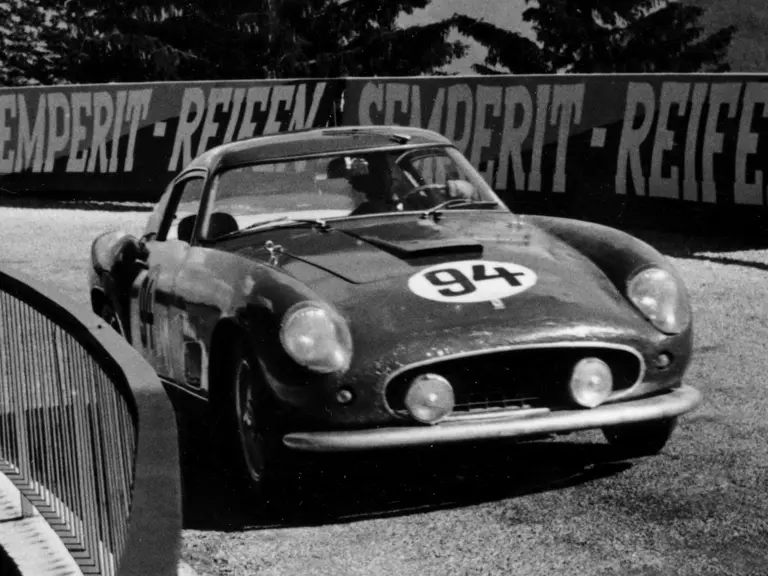
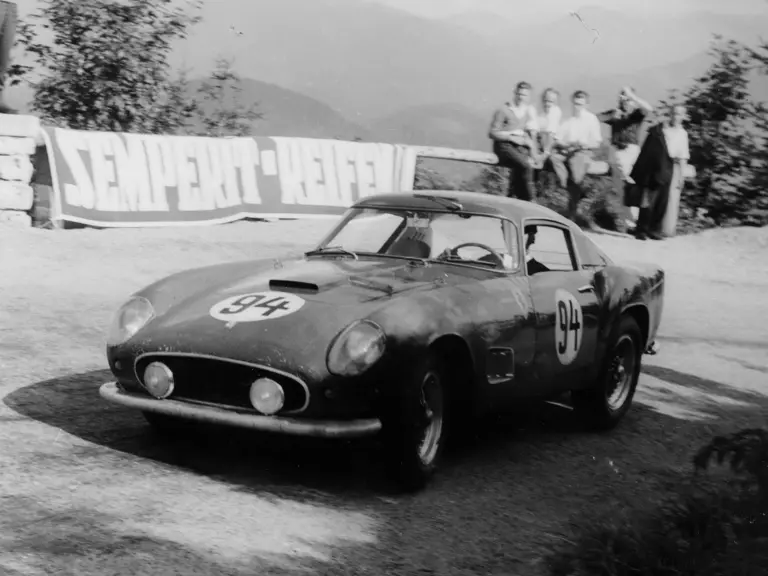
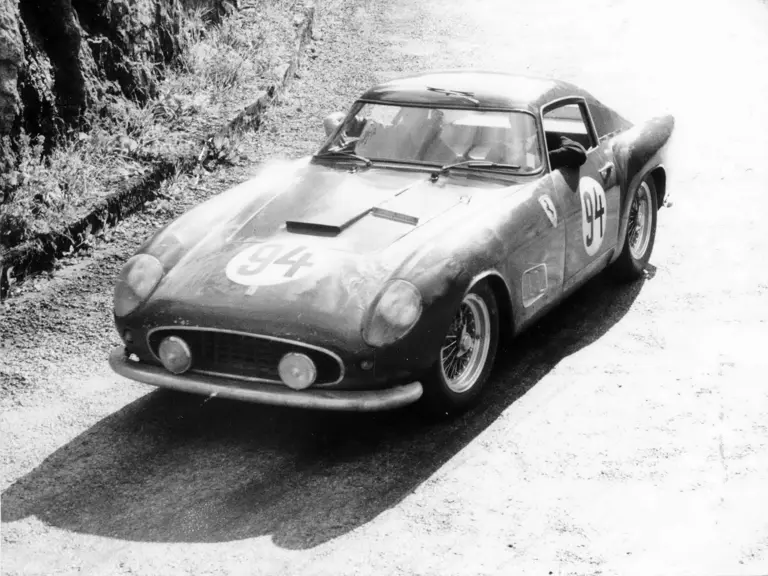
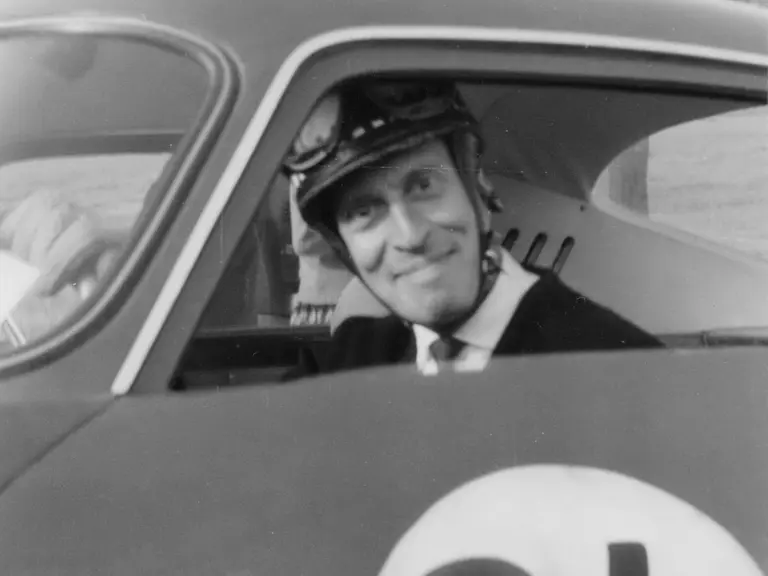
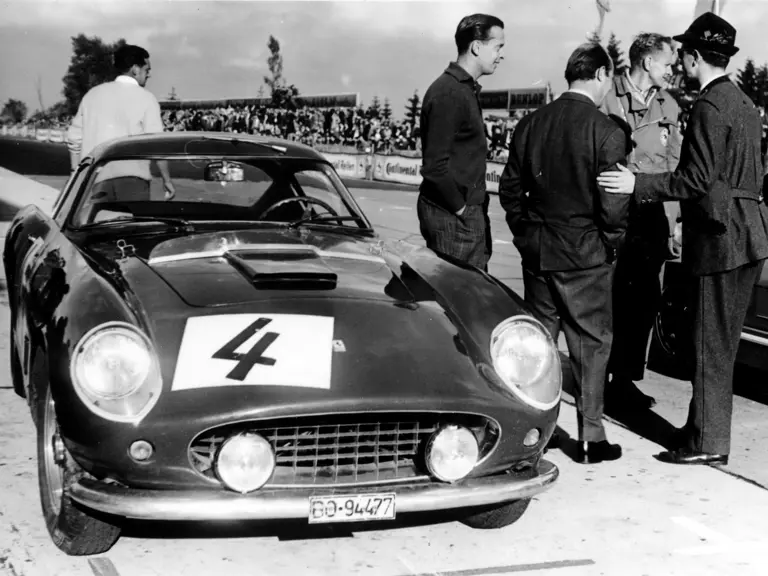
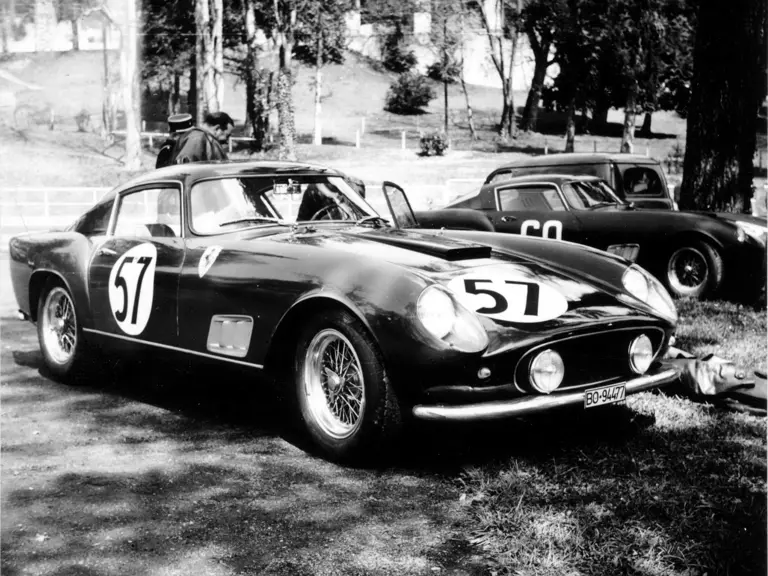

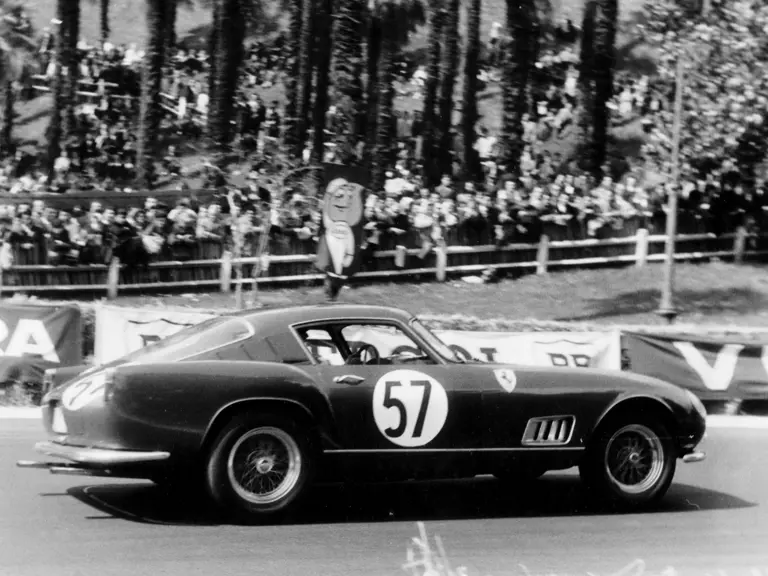
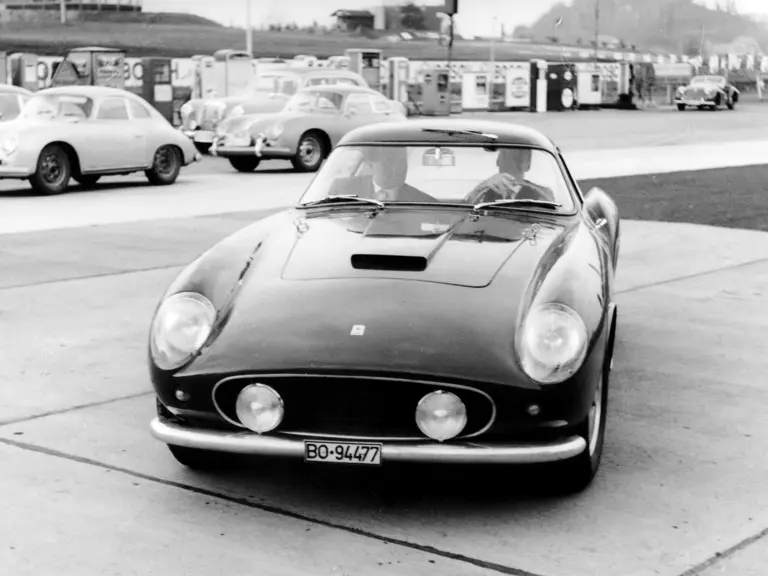
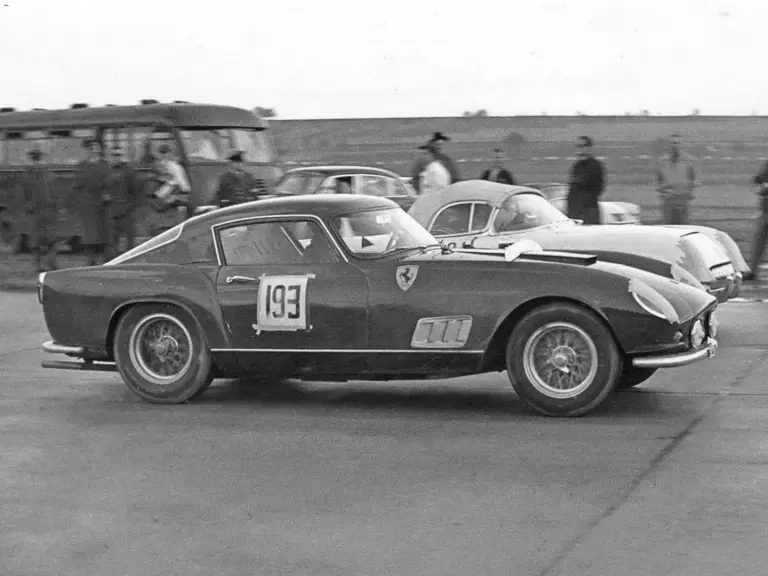
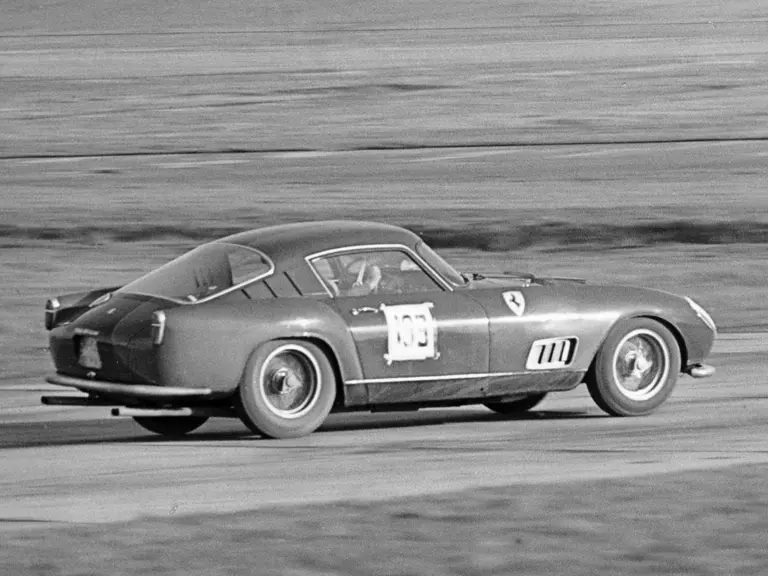
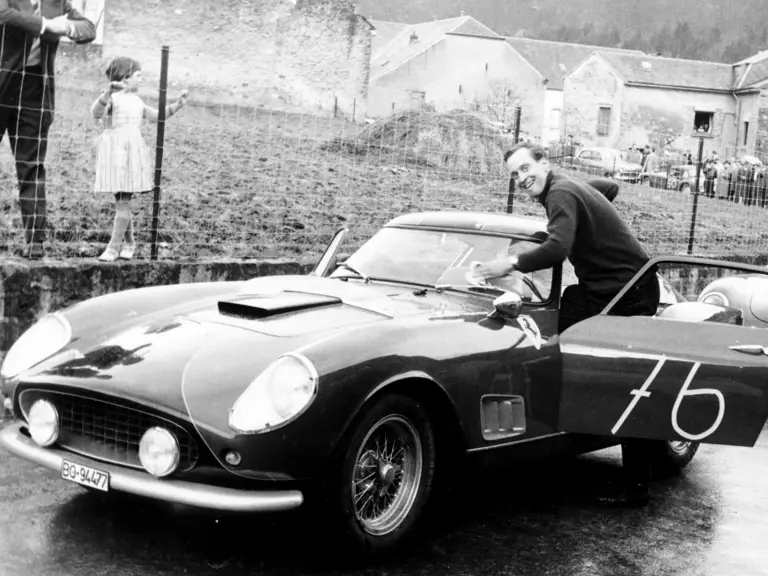
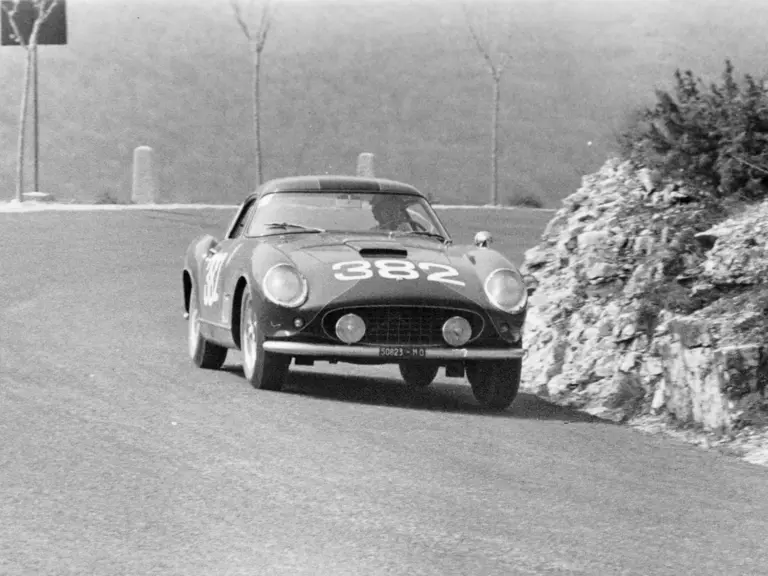
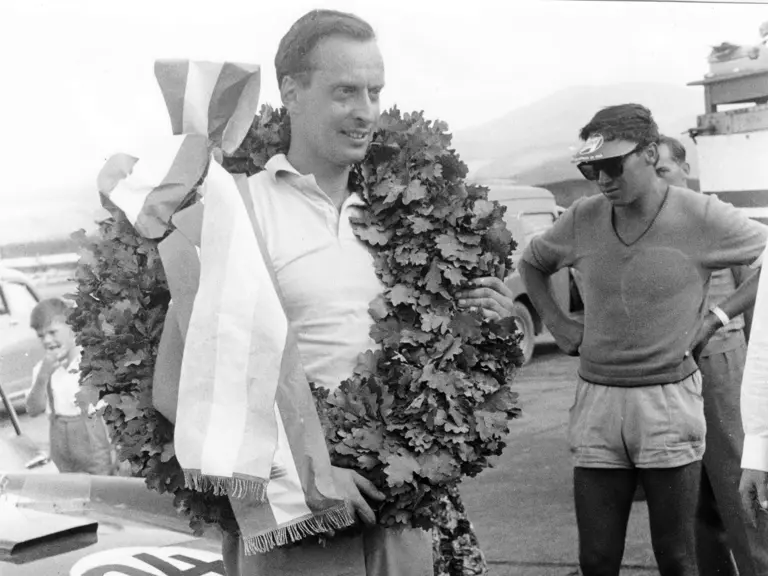
 | Monte Carlo, Monaco
| Monte Carlo, Monaco
